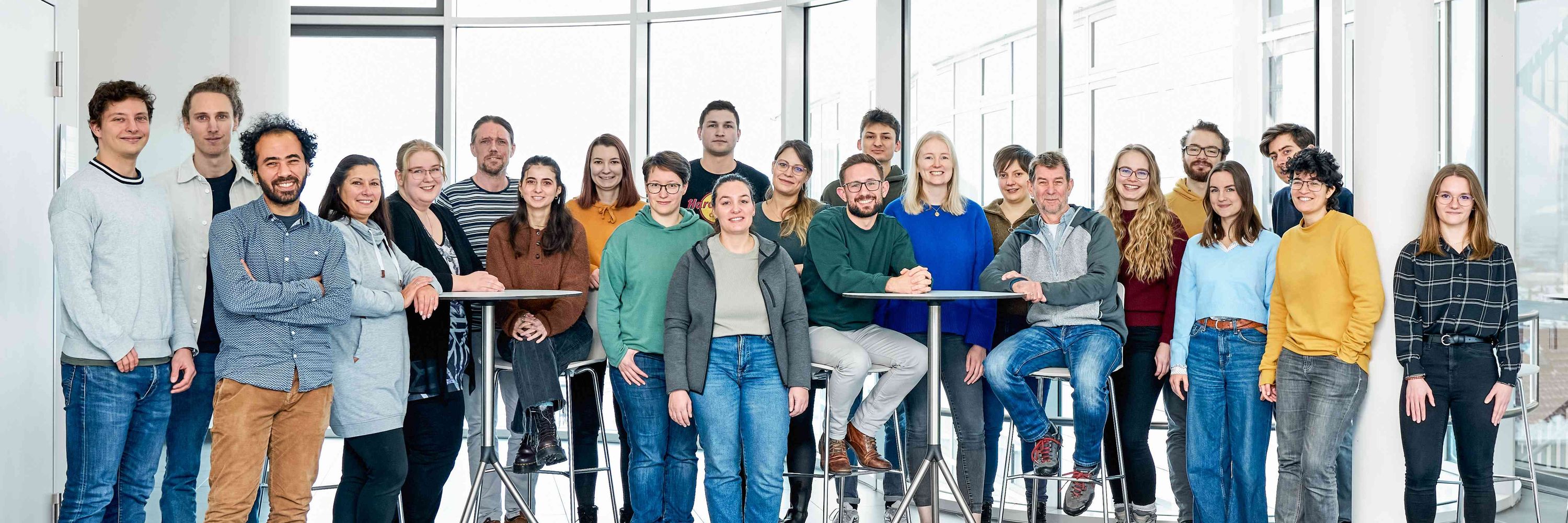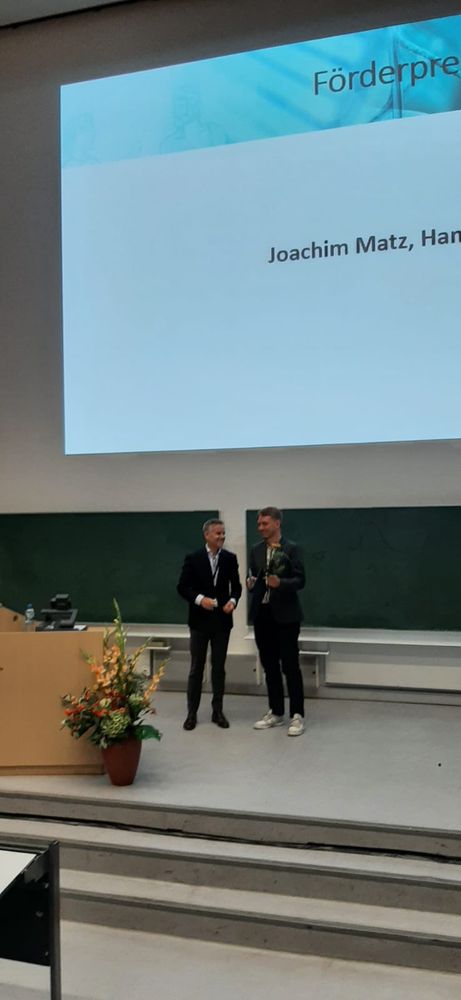Microbial Pathogenicity Mechanisms
@mpm-hki.bsky.social
120 followers
190 following
51 posts
Research group @leibniz-hki.de in Jena, Germany.
Studying pathogenicity of yeast-y beasties in the 𝘊𝘢𝘯𝘥𝘪𝘥𝘢 clade. 🧫🔬🦠🍄
Head: Prof Bernhard Hube
Webpage: https://www.leibniz-hki.de/en/microbial-pathogenicity-mechanisms.html
Posts
Media
Videos
Starter Packs
Pinned
Reposted by Microbial Pathogenicity Mechanisms
Reposted by Microbial Pathogenicity Mechanisms
Reposted by Microbial Pathogenicity Mechanisms
Reposted by Microbial Pathogenicity Mechanisms
Reposted by Microbial Pathogenicity Mechanisms
Reposted by Microbial Pathogenicity Mechanisms































